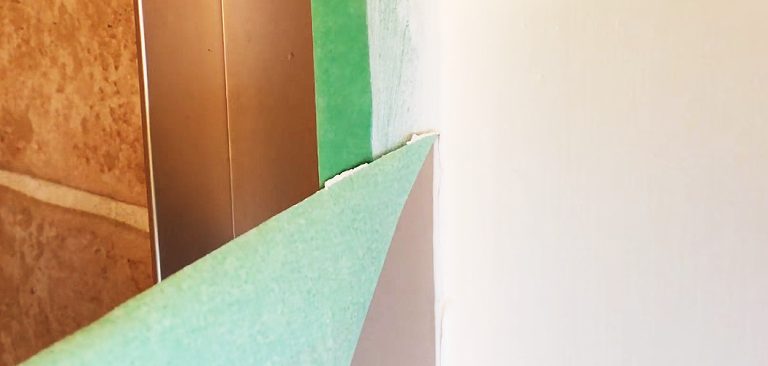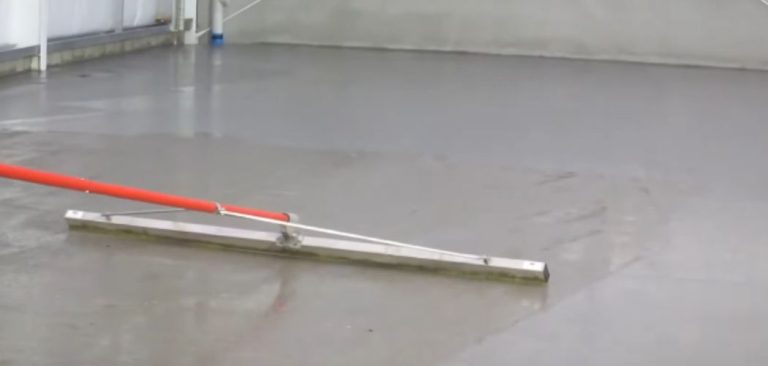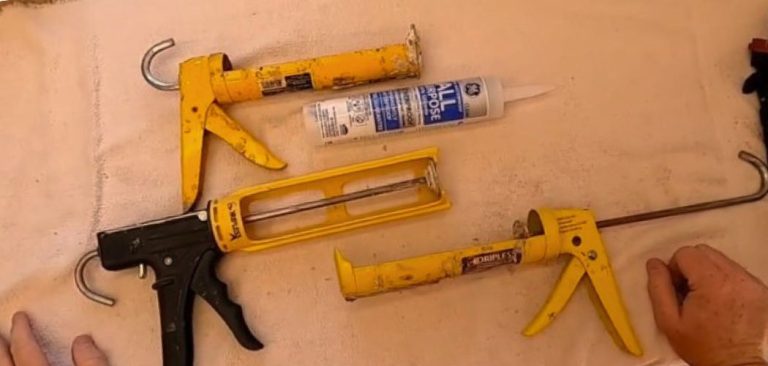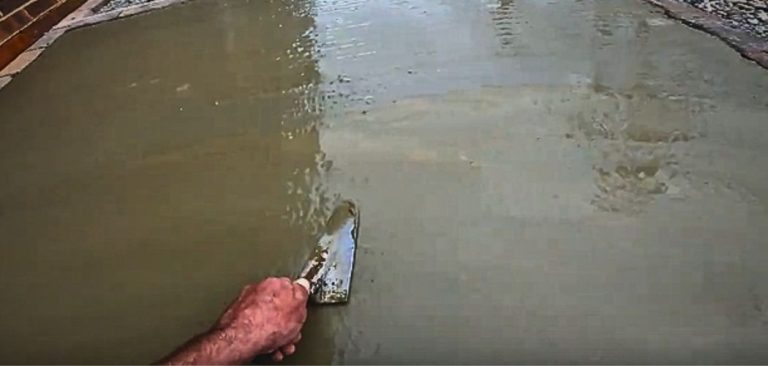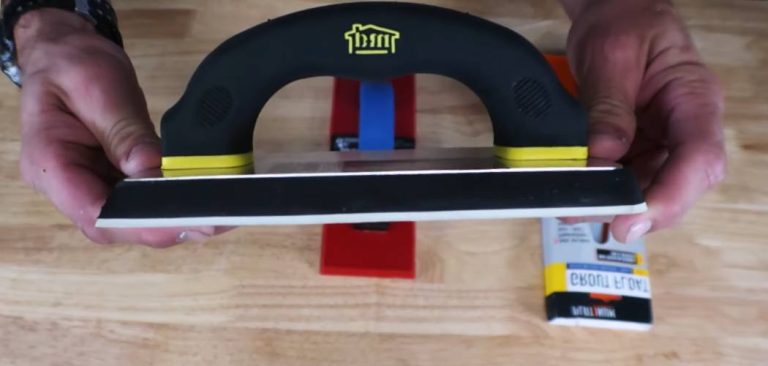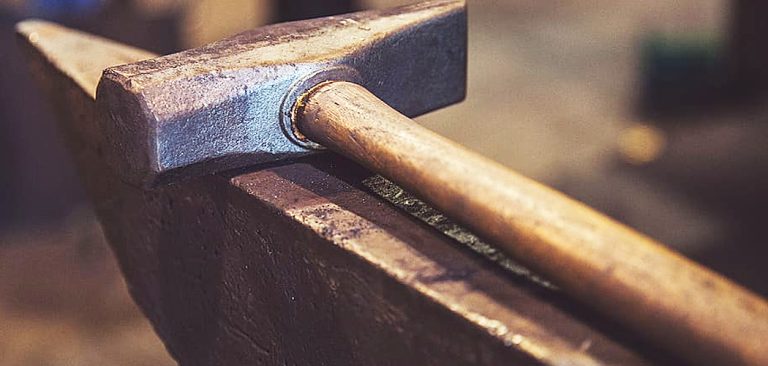Cross Peen Hammer Uses: a Comprehensive Guide
A cross peen hammer is a versatile tool that has been used for centuries by blacksmiths, metalworkers, and carpenters. This type of hammer has a flat face on one end and a wedge-shaped, cross-peen on the other. The cross peen is used for shaping and forming metal, while the flat face is used for driving nails and other fasteners.
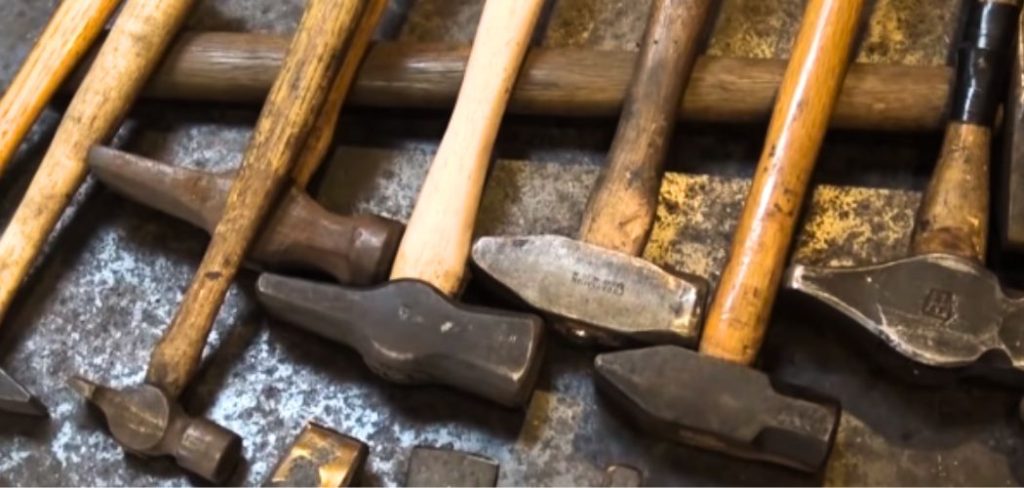
One of the most common uses for a cross-peen hammer is in metalworking. The cross peen is used to shape and form metal by striking it at an angle, creating a texture or pattern on the surface.
This technique is often used in decorative metalwork, such as wrought iron gates and railings. Additionally, the flat face of the hammer can be used to smooth out any rough edges or bumps.
Carpenters also use cross-peen hammers in their work. The flat face of the hammer is used to drive nails into wood, while the cross peen can be used to remove nails or to create a small indentation in the wood for a nail to sit in.
This type of hammer is particularly useful for carpenters who work with hardwoods, as the cross peen can help to prevent splitting. Overall, the cross peen hammer is a versatile tool that can be used in a variety of applications, making it a valuable addition to any toolbox.
Cross Peen Hammer Uses
A cross peen hammer is a type of hammer that has a wedge-shaped head with one end flat and the other end tapered to a point. This hammer is commonly used in metalworking and blacksmithing applications, and it is particularly useful for shaping and forming metal.
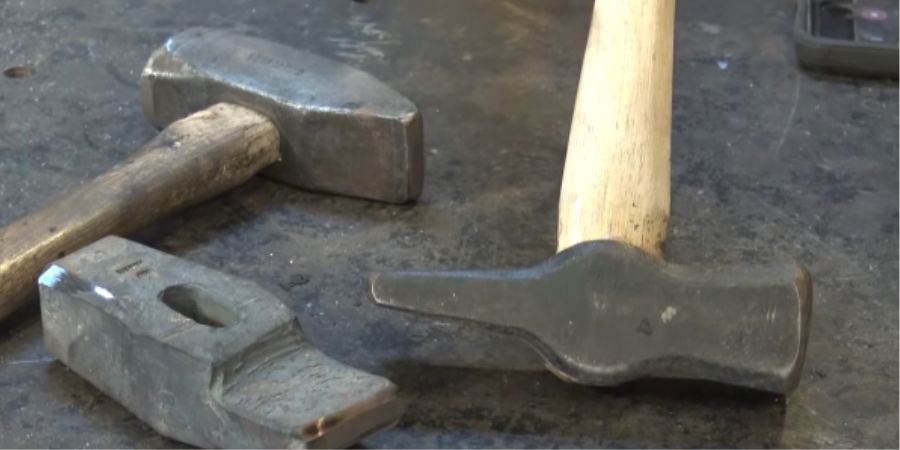
The cross peen hammer is typically used in conjunction with an anvil or other hard surface. The flat end of the hammer is used for striking the metal, while the tapered end is used for creating ridges, lines, and other decorative features.
One of the key advantages of using a cross peen hammer is that it allows for greater precision and control when shaping metal. The tapered end of the hammer can be used to create fine details and intricate patterns, while the flat end is ideal for shaping and smoothing larger surfaces.
When using a cross peen hammer, it is important to wear appropriate safety gear, such as eye protection and gloves. This will help to protect against flying debris and other hazards.
Overall, the cross peen hammer is a versatile and effective tool for metalworking and blacksmithing applications. Whether you are a professional blacksmith or a hobbyist, this hammer is an essential part of any metalworking toolkit.
Primary Uses of Cross Peen Hammers
A cross peen hammer is a versatile tool that can be used for a wide range of tasks. The following subsections will explore some of the primary uses of cross peen hammers.
Metalworking
One of the most common uses of cross peen hammers is in metalworking. The pointed end of the hammer is ideal for shaping and forming metal, while the flat end can be used for smoothing and finishing. Cross peen hammers are often used in conjunction with an anvil to create precise shapes and curves.
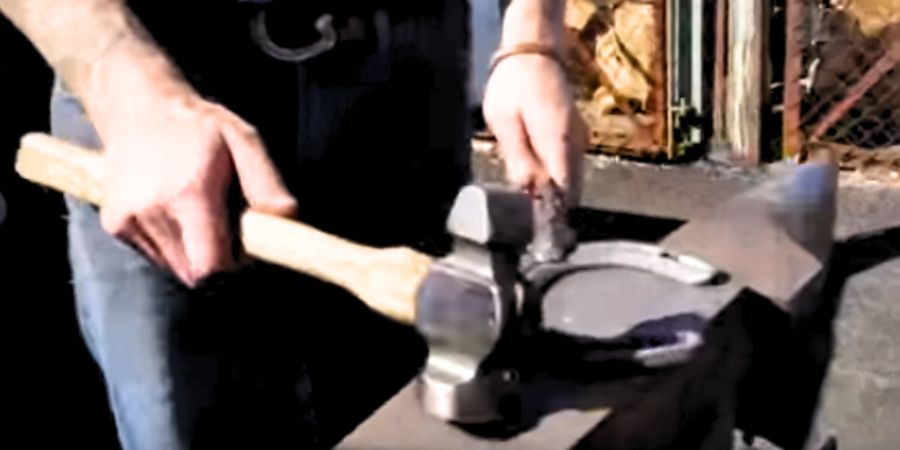
Riveting
Cross-peen hammers are also commonly used in riveting. The pointed end of the hammer is used to drive the rivet through the metal, while the flat end is used to flatten the end of the rivet. This creates a secure and permanent fastening.
Blacksmithing
Cross peen hammers are an essential tool in blacksmithing. They can be used to shape hot metal on an anvil, as well as to create decorative details and textures. The pointed end of the hammer is ideal for creating sharp angles and curves, while the flat end can be used for smoothing and finishing.
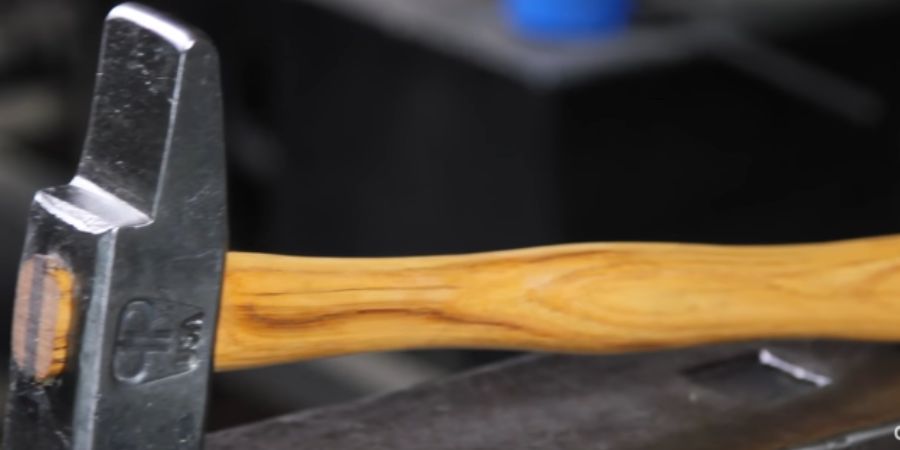
Carpentry
While cross peen hammers are most commonly associated with metalworking and blacksmithing, they can also be used in carpentry. The pointed end can be used to drive nails into wood, while the flat end can be used for finishing and smoothing. Cross peen hammers are particularly useful for tasks that require precision and control.
Overall, cross peen hammers are a versatile and essential tool for anyone who works with metal or wood. With their pointed and flat ends, they can be used for a wide range of tasks, from shaping and forming to riveting and finishing.
Handling and Safety
Proper Grip Technique
When using a cross peen hammer, it is important to have a proper grip on the tool. The handle of the hammer should be held firmly but not too tightly.
The grip should be comfortable and allow for good control of the hammer. The hand should be placed near the end of the handle, closer to the head of the hammer. This will provide more leverage and power when striking.
Striking Methods
There are different striking methods that can be used with a cross peen hammer. The most common is the overhead swing, where the hammer is swung over the head and brought down onto the object being struck.
Another method is the side swing, where the hammer is swung from the side and brought down onto the object. It is important to use the appropriate striking method depending on the object being struck and the task at hand.
Personal Protective Equipment
When using a cross peen hammer, it is important to wear appropriate personal protective equipment. This includes safety glasses to protect the eyes from flying debris, gloves to protect the hands from impact and vibration, and earplugs or earmuffs to protect the ears from loud noises. It is also important to wear appropriate clothing that covers the arms and legs to protect against cuts and abrasions.
By following proper handling and safety techniques, users can effectively and safely use a cross peen hammer for a variety of tasks.
Maintenance and Care
Regular Cleaning
To ensure the longevity of a cross peen hammer, regular cleaning is essential. After each use, the hammer should be wiped clean with a dry cloth to remove any debris or dirt. If necessary, a mild soap solution can be used to remove stubborn dirt or grime. After cleaning, the hammer should be dried thoroughly to prevent rusting.
Storage Practices
Proper storage of a cross peen hammer is crucial to prevent damage and prolong its lifespan. The hammer should be stored in a dry and cool place to prevent rusting. It is also recommended to store the hammer in a tool rack or a toolbox to protect it from accidental damage.
Inspection and Replacement
Regular inspection of a cross peen hammer is necessary to ensure its safe and effective use. The hammer should be inspected for any signs of wear or damage, such as cracks or chips in the head or handle. If any damage is detected, the hammer should be replaced immediately to prevent any accidents or injuries.
In addition, the handle of the hammer should be inspected for any signs of looseness or splintering. If the handle is loose or damaged, it should be replaced immediately to prevent any accidents or injuries.
Overall, proper maintenance and care of a cross peen hammer will ensure its longevity and effectiveness in various applications.
Selection Criteria
When selecting a cross peen hammer, there are several factors to consider to ensure you choose the best one for your needs. This section will cover the material considerations, weight and size, and handle types to help you make an informed decision.
Material Considerations
The material used to make the hammer head is an important consideration when selecting a cross peen hammer. The most common materials used for hammer heads are steel, brass, and copper. Steel is the most durable and versatile material, while brass and copper are softer and better suited for delicate work.
Weight and Size
The weight and size of the hammer will determine its overall effectiveness and ease of use. A heavier hammer will provide more force, but may be more difficult to control. A lighter hammer may be easier to control, but may not provide enough force for certain tasks.
The size of the hammer head should also be considered, as a larger head will provide more surface area for striking, while a smaller head may be more precise.
Handle Types
The type of handle on a cross peen hammer can greatly impact its performance and comfort. The most common handle materials are wood, fiberglass, and steel. Wood handles are traditional and offer a comfortable grip, but may not be as durable as fiberglass or steel.
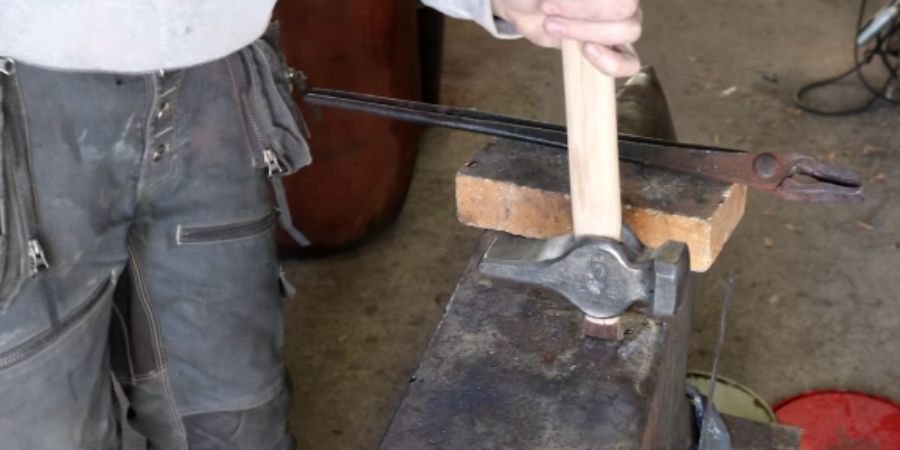
Fiberglass handles are lightweight and durable, making them a good choice for heavy use. Steel handles are the most durable, but may be heavier and less comfortable to use.
Overall, selecting the right cross peen hammer comes down to your specific needs and preferences. Consider the material, weight and size, and handle type to choose the best hammer for your projects.
Advanced Techniques
Planishing
Planishing is a technique used to smooth and refine the surface of a metal piece. It involves striking the metal repeatedly with the cross peen hammer to create a uniform finish. This technique is commonly used in metalworking, especially in the automotive industry, to produce a polished surface on body panels.
To planish a metal piece, the hammer is held at a slight angle to the surface and struck with light, rapid blows. The hammer is moved in a circular motion to ensure that the entire surface is covered. The process is repeated until the desired finish is achieved.
Fullering
Fullering is a technique used to create grooves or channels in a metal piece. This technique is commonly used in blacksmithing to create decorative patterns or to thin out a section of metal. The cross peen hammer is used to strike the metal at an angle, creating a groove or channel.
To fuller a metal piece, the hammer is held at a 45-degree angle to the surface and struck with firm, controlled blows. The hammer is moved in a straight line to create a groove or channel. The process is repeated until the desired depth and width are achieved.
Drawing Out
Drawing out is a technique used to elongate a piece of metal. This technique is commonly used in blacksmithing to create tapered ends or thin out a metal section. The cross peen hammer is used to strike the metal at an angle, stretching it out.
To draw out a metal piece, the hammer is held at a 45-degree angle to the surface and struck with firm, controlled blows. The hammer is moved in a straight line to elongate the metal. The process is repeated until the desired length and thickness is achieved.
Overall, the cross peen hammer is a versatile tool that can be used for a variety of advanced techniques in metalworking. With practice and skill, these techniques can be mastered to create beautiful and functional metal pieces.
Troubleshooting Common Issues
Hammer Rebound
One of the most common issues that users face with cross peen hammers is rebound. Rebound occurs when the hammer bounces back after striking a surface. This can be frustrating and can also lead to safety hazards if the hammer hits the user’s hand or arm.
To troubleshoot the rebound, the user should check the hammer’s handle. If the handle is loose or damaged, it can cause the hammer to rebound. The user should also check the striking surface. If the surface is too hard or uneven, it can cause the hammer to rebound.
Uneven Wear
Another issue that users may face with cross-peen hammers is uneven wear. Uneven wear occurs when one side of the hammer’s head wears down faster than the other side. This can cause the hammer to become unbalanced and can make it difficult to use.
To troubleshoot uneven wear, the user should check the hammer’s striking surface. If the surface is uneven, it can cause the hammer to wear unevenly. The user should also check the angle at which they are striking the surface. If the angle is off, it can cause the hammer to wear unevenly.
Loose Head Fix
A loose head is another common issue that users may face with cross peen hammers. A loose head can make the hammer difficult to use and can also be dangerous.
To fix a loose head, the user should first check the handle. If the handle is loose, it can cause the head to become loose as well. The user should also check the wedge that holds the head in place.
If the wedge is loose or damaged, it can cause the head to become loose. The user can fix a loose wedge by tapping it back into place with a hammer and a punch.
By troubleshooting these common issues, users can ensure that their cross peen hammers are working properly and safely.
FAQs
Can a Cross Peen Hammer Be Used in Carpentry?
Yes, carpenters can use a cross peen hammer for driving nails into wood and creating small indentations for nails to sit in, particularly beneficial when working with hardwoods to prevent splitting.
What Are the Primary Uses of Cross Peen Hammers?
Cross peen hammers are commonly used in metalworking for shaping and forming metal, riveting, and blacksmithing. They can also be used in carpentry for driving nails and providing precision and control.
What Are Some Advanced Techniques for Using a Cross Peen Hammer?
Advanced techniques for cross peen hammers include planishing for smoothing metal surfaces, fullering for creating grooves in metal, and drawing out for elongating metal pieces, all of which are valuable in metalworking and blacksmithing applications.
How Should a Cross Peen Hammer Be Handled Safely?
When using a cross peen hammer, it’s important to have a proper grip, use appropriate striking methods, and wear personal protective equipment such as safety glasses, gloves, and ear protection.
Conclusion
In conclusion, a cross peen hammer is a versatile tool used in various applications, including metalworking, blacksmithing, and carpentry. Its pointed end allows for shaping and forming metal, while the flat end is ideal for driving nails and finishing surfaces.
Proper handling, maintenance, and safety precautions are essential to ensure effective and safe use of the tool. By considering factors such as material, weight and size, and handle type, users can select the best cross peen hammer for their specific needs.
With practice and skill, advanced techniques like planishing, fullering, and drawing out can be mastered for creating intricate and detailed metalwork.
Read also:-

